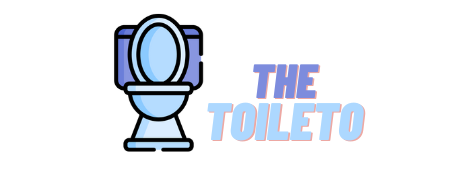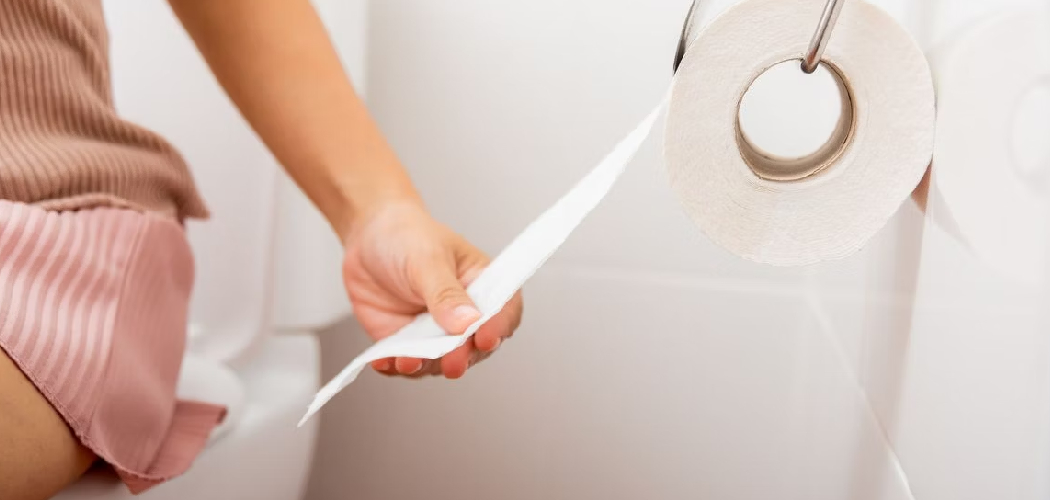Toilet paper is a widely used hygiene product in many parts of the world, serving as an essential item for personal cleaning after using the bathroom. Despite being a commonplace product, understanding how to use toilet paper properly is crucial for maintaining personal hygiene and comfort. Correct usage helps prevent skin irritation or infections, ensuring a healthier and cleaner experience.
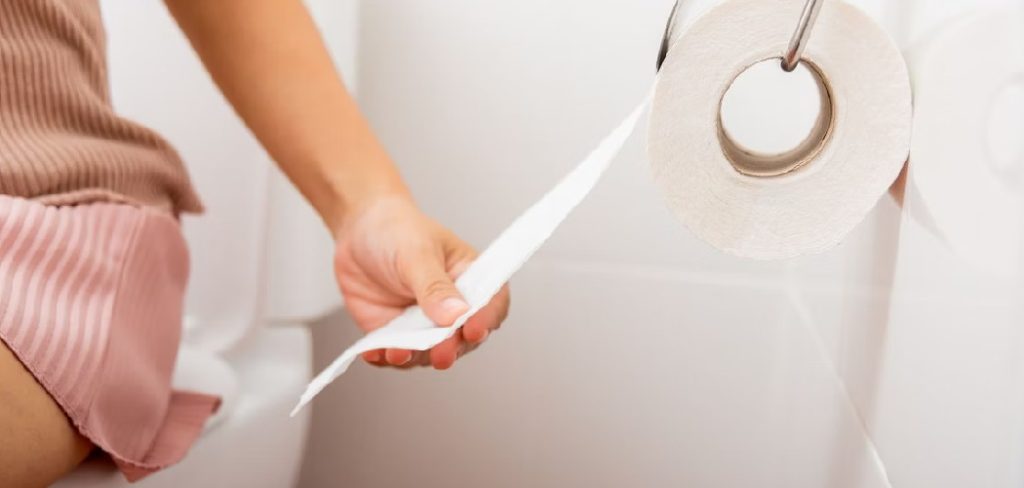
Additionally, responsible use of toilet paper contributes to environmental care by minimizing waste and preventing plumbing issues, such as clogs and blockages caused by overuse. This article provides a clear and practical guide on how to use toilet paper properly. Whether you are an adult seeking to improve your bathroom habits, a parent teaching children, or a caregiver assisting others, adopting the right techniques ensures hygiene, respect, and sustainability. Proper toilet paper use is a small yet vital aspect of daily life that deserves attention.
Understanding Toilet Paper Types and Quality
Toilet paper comes in various types, each designed to meet different needs and preferences. Understanding these distinctions can help users choose an option that aligns with their priorities in terms of comfort, hygiene, and environmental impact.
Types of Toilet Paper
One primary difference lies in the number of plies, or layers of paper. 1-ply toilet paper is a single layer, making it thinner and often more economical. It is durable but may require more sheets per use. 2-ply toilet paper, with two layers, offers a balance of softness and strength, making it a versatile and popular choice for many households. 3-ply toilet paper, on the other hand, is the thickest and softest, providing maximum comfort but at a higher price point.
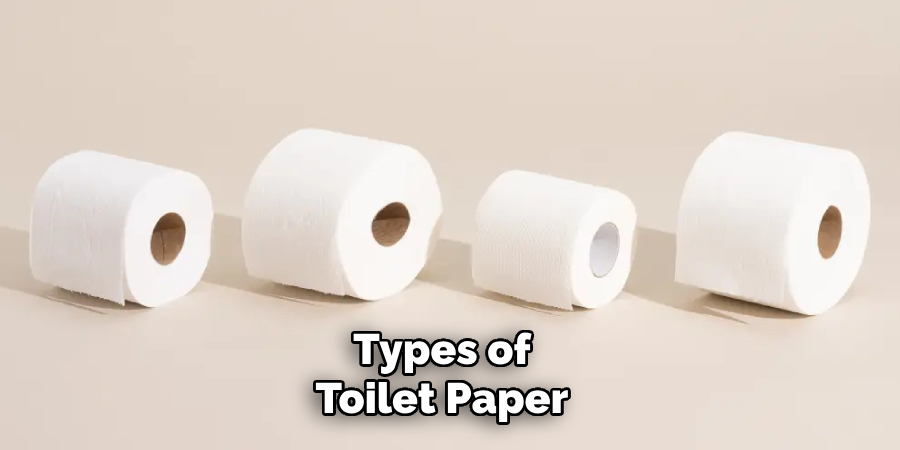
Another important consideration is whether the toilet paper is made from recycled fibers or virgin pulp. Recycled toilet paper is an eco-friendly choice, often produced using post-consumer materials, while virgin pulp options are crafted from fresh wood fibers, offering superior softness but a higher environmental impact.
Choosing the Right Toilet Paper
When selecting toilet paper, it is crucial to factor in skin sensitivity, ensuring the paper is gentle yet effective. Consider also the strength and dissolvability of the paper to prevent clogs and plumbing issues. For environmentally conscious buyers, biodegradable or septic-safe toilet paper is an ideal solution, particularly in households using septic systems. Making an informed choice ensures comfort, hygiene, and sustainability in everyday living.
How to Use Toilet Paper: Properly Tear and Fold Toilet Paper
How Much to Use
A general guideline for toilet paper usage is to use 4–6 squares per wipe, adjusting as needed based on personal requirements and the type of toilet paper. Avoid excessive use, as it can lead to clogs and unnecessary waste. Being mindful of the amount used helps protect your plumbing and promotes sustainability.
Folding vs. Wadding
Filing the toilet paper is often recommended for usage as it provides better control, coverage, and cleanliness. This method ensures more effective use of each square. On the other hand, wadding, while quicker, may be less efficient and lead to inconsistent coverage. Opting for folding can maximize comfort and cleanliness.
Tearing Gently
To avoid waste, gently tear along the perforated lines when dispensing toilet paper. This ensures that each square is neatly separated and reduces the chance of tearing too much unintentionally. Adopting a conscientious approach to handling toilet paper enhances both hygiene and efficiency.
Wiping Technique for Hygiene and Comfort
Proper wiping techniques are essential for maintaining hygiene and preventing discomfort. Adopting thoughtful habits can make a significant difference in ensuring cleanliness and avoiding potential health issues.
Wiping from Front to Back
For women, it is especially important to wipe from front to back. This technique helps prevent the transfer of bacteria from the rectum to the urinary tract, thereby reducing the risk of urinary tract infections (UTIs). Maintaining this direction of motion ensures better hygiene and protection against harmful bacteria.
Gentle Pressure
Always apply soft and steady pressure while wiping to avoid irritation or skin damage. Using a gentle motion with soft, good-quality toilet paper minimizes discomfort, especially for sensitive skin. Refrain from applying excessive force, as this can lead to unnecessary irritation or microtears in the skin.
Checking Cleanliness
After each wipe, it’s essential to check for cleanliness. Continue the process using fresh toilet paper until no visible residue remains. Ensuring complete cleanliness reduces the likelihood of discomfort or lingering bacteria that could lead to infections or odors.
Disposing Properly
Dispose of used toilet paper properly by flushing it in the toilet, unless specific guidelines or plumbing conditions indicate otherwise. Following local disposal instructions maintains hygiene and helps prevent clogs or environmental issues in areas with sensitive plumbing systems.
By following these simple yet effective techniques, you can ensure better hygiene, comfort, and overall health.
Teaching Children to Use Toilet Paper
Teaching children to use toilet paper effectively is an important step during potty training and helps establish good hygiene habits early on.
Introducing Toilet Paper Use During Potty Training
Start by introducing the concept of using toilet paper in a simple and approachable way. Demonstrate folding the toilet paper into manageable squares, emphasizing that this helps with proper wiping and minimizes waste. Encourage children to wipe gently from front to back, especially for girls, to prevent infections. Teach them to check for cleanliness after each wipe until the area is clean, offering guidance as needed.
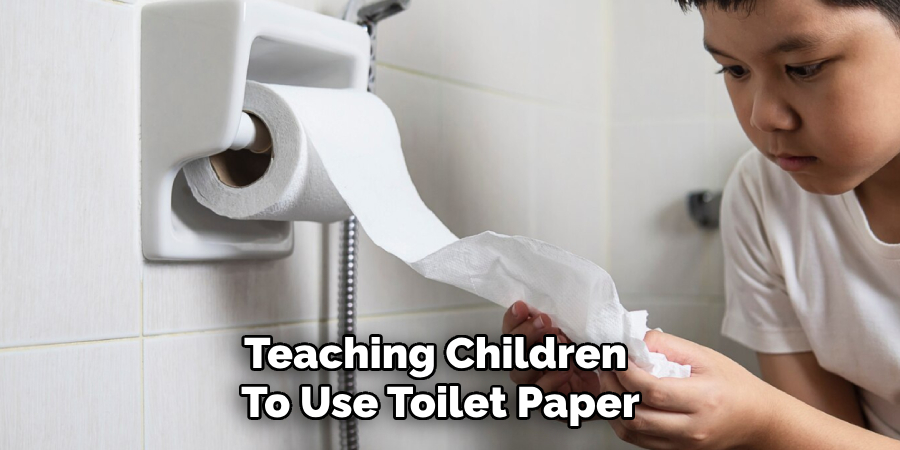
Supervision Tips for Caregivers
During the early stages, caregivers must supervise children to ensure they are wiping properly. They should also monitor the amount of toilet paper being used to avoid overuse or potential plumbing issues caused by clogs. They should gently correct any mistakes and provide reassurance to make the process a positive experience for the child.
Positive Reinforcement
Encourage and reward good habits with positive reinforcement. Offering praise for progress or using visual charts to track successes can motivate children and build their confidence. These small, consistent steps will help them develop independence and maintain proper hygiene as they grow.
Toilet Paper Alternatives and Special Situations
When Toilet Paper Isn’t Available
In situations where traditional toilet paper isn’t accessible, several alternatives can ensure cleanliness and hygiene. Wet wipes, especially flushable septic-safe options, can be a convenient substitute. Bidets are an excellent solution, providing thorough cleaning with water and reducing reliance on disposable paper products. Alternatively, water and soap can be used with the help of a container or handheld sprayer, which is common in many cultures and highly effective.
Skin Sensitivities
Choosing products that prioritize comfort and safety is essential for those with sensitive skin. Hypoallergenic or unscented toilet paper is a practical choice to minimize irritation or allergic reactions. Additionally, using softer, high-quality paper with minimal additives or dyes can further protect delicate skin from discomfort.
Environmental Considerations
When considering the environmental impact of toilet paper use, opting for eco-friendly products can make a significant difference. Recycled toilet paper or bamboo-based alternatives are sustainable options that help reduce deforestation and waste. Furthermore, incorporating alternatives like bidets can drastically reduce paper usage, promoting a greener, more sustainable lifestyle. These practices not only benefit the planet but also foster environmentally conscious habits.
Common Mistakes to Avoid
When maintaining proper bathroom hygiene and avoiding environmental harm, it’s important to be mindful of common mistakes. Here are the key pitfalls to avoid:
Using Too Much Paper
Overusing toilet paper is a frequent issue that can lead to plumbing clogs and unnecessary waste. Excessive use damages plumbing systems and has a negative environmental impact by increasing the demand for paper products and creating more waste.
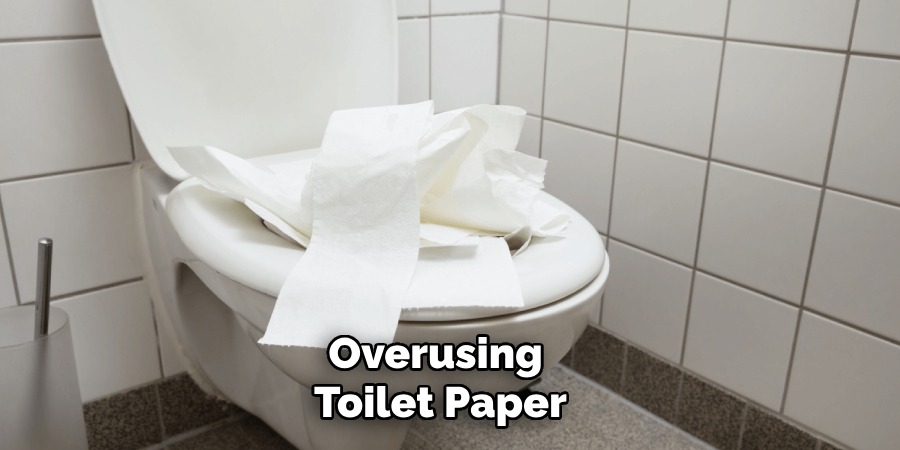
Wiping Back to Front
This mistake is more common than you might think and can increase the risk of infections, especially for women. Always wipe front to back to prevent spreading bacteria to sensitive areas and reduce the likelihood of urinary tract infections.
Not Washing Hands Afterward
Good hygiene practices are crucial, and failing to wash hands thoroughly after using the toilet can spread germs and illnesses. Always use soap and water to clean hands properly, minimizing the risk of contamination for yourself and others.
Flushing Non-Flushables
Toilet paper is the only item that should be flushed down the toilet. Items like wipes, paper towels, and sanitary products can cause severe blockages in plumbing and wastewater systems. Dispose of these items in a trash bin to avoid damage and maintain an eco-friendly environment.
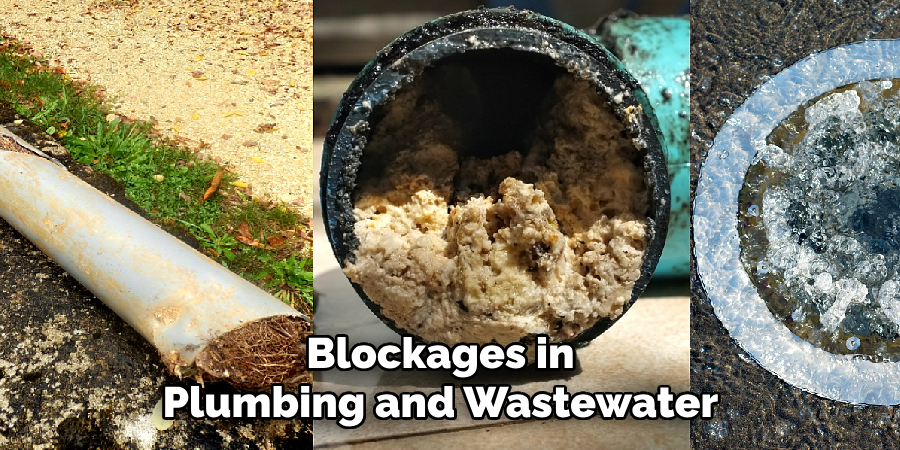
Conclusion
Understanding how to use toilet paper properly is fundamental to maintaining personal hygiene and promoting environmental responsibility. Choosing quality toilet paper ensures comfort and reduces the risk of irritation. Utilizing the proper technique, such as using an appropriate amount and folding neatly, helps minimize waste.
Teaching children good bathroom habits lays the groundwork for a lifetime of hygiene. Additionally, considering alternatives like eco-friendly or reusable options can reduce environmental impact. Ultimately, pairing toilet paper use with thorough handwashing creates a complete bathroom hygiene routine, emphasizing that even basic practices contribute significantly to health and sustainability.
